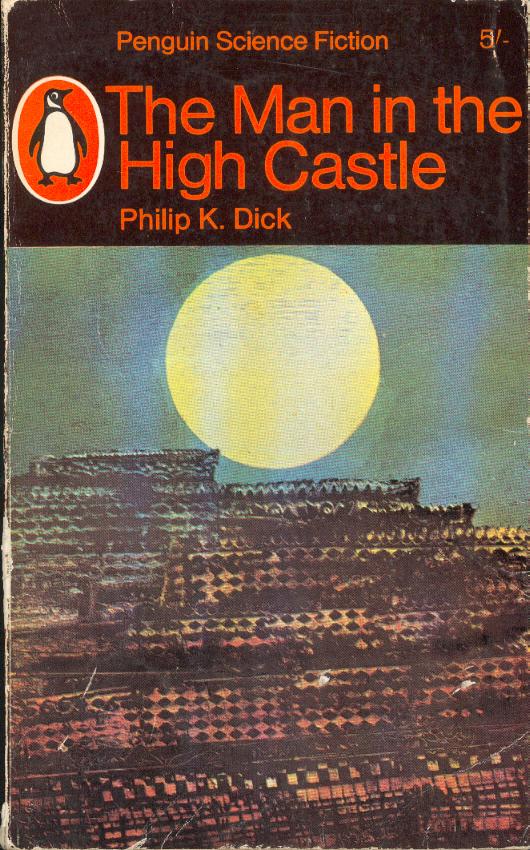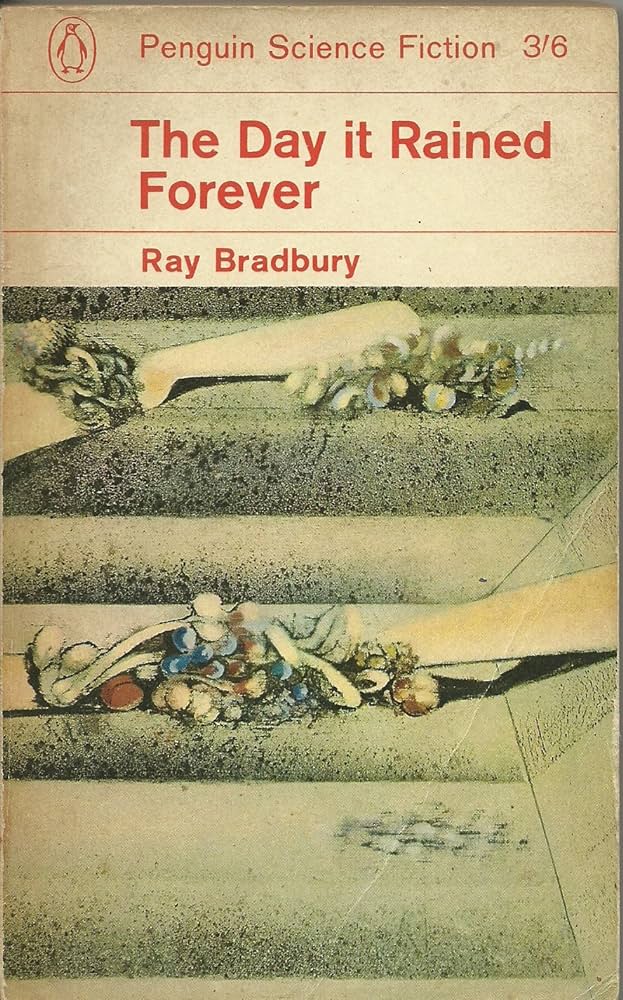RADIUM AGE ART (1935)
By:
December 23, 2024
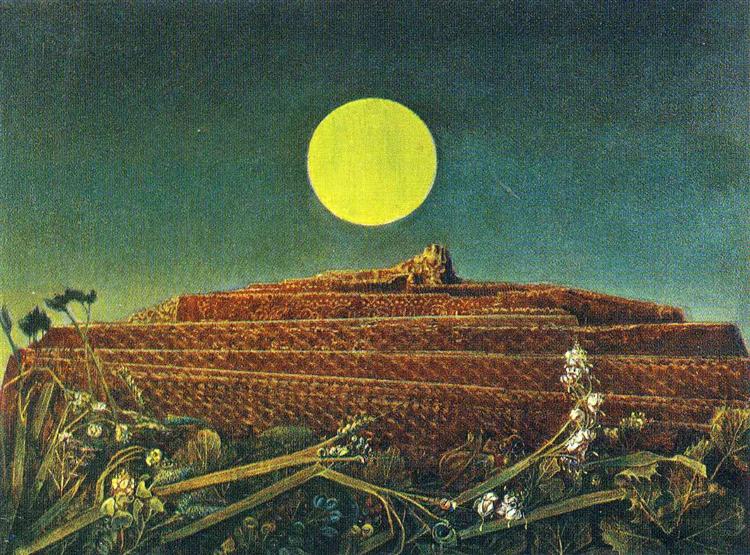
A series of notes regarding proto sf-adjacent artwork created during the sf genre’s emergent Radium Age (1900–1935). Very much a work-in-progress. Curation and categorization by Josh Glenn, whose notes are rough-and-ready — and in some cases, no doubt, improperly attributed. Also see these series: RADIUM AGE TIMELINE and RADIUM AGE POETRY.
RADIUM AGE ART: 1900 | 1901 | 1902 | 1903 | 1904 | 1905 | 1906 | 1907 | 1908 | 1909 | 1910 | 1911 | 1912 | 1913 | 1914 | 1915 | 1916 | 1917 | 1918 | 1919 | 1920 | 1921 | 1922 | 1923 | 1924 | 1925 | 1926 | 1927 | 1928 | 1929 | 1930 | 1931 | 1932 | 1933 | 1934 | 1935 | THEMATIC INDEX.
Nazis repudiate Versailles Treaty; Nuremberg Laws against Jews; the Luftwaffe formed.
Show trials take place in Russia — the beginning of a process by the end of which Stalin had arrested and executed almost every important living Bolshevik from the Revolution.
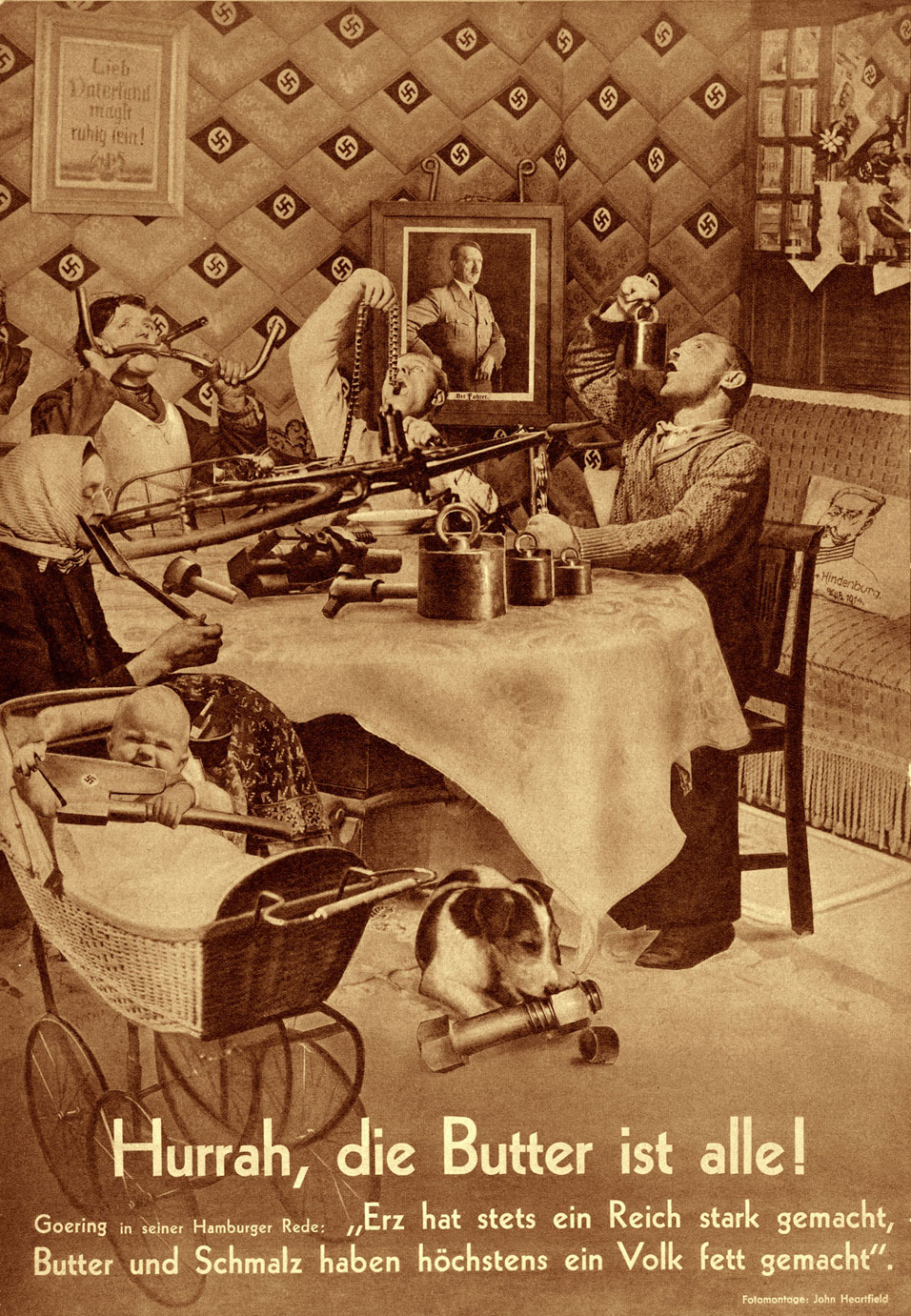
A pastiche of the aesthetics of propaganda, the photomontage shows a German family at a dinner table eating a bicycle, with a portrait of Hitler hanging on the wall; the wallpaper is emblazoned with swastikas. A baby gnaws on an executioner’s axe, also emblazoned with a swastika, and a dog licks an oversized nut and bolt.
Also see: RADIUM AGE: 1935.
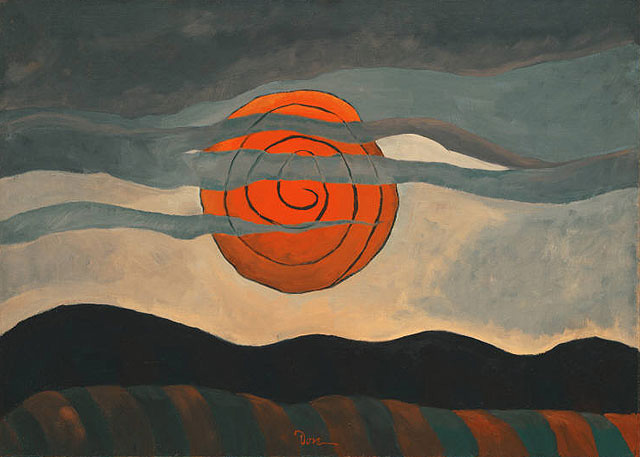
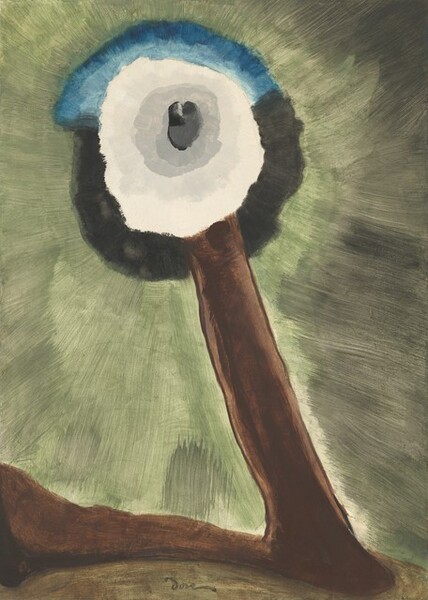
“Moon” depicts a tree covering the glowing moon.
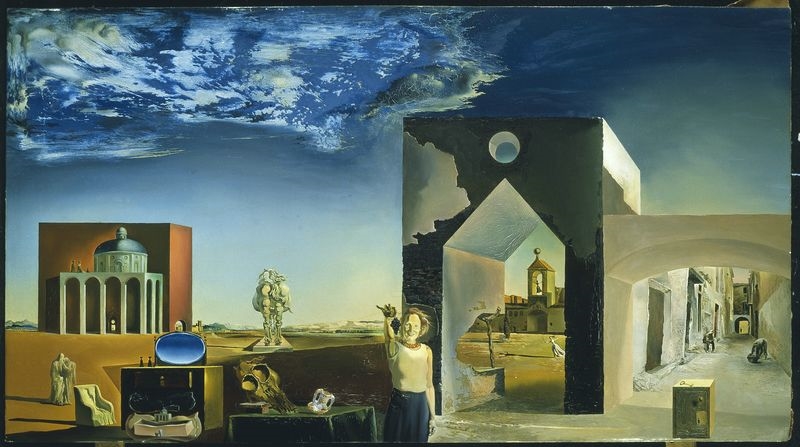
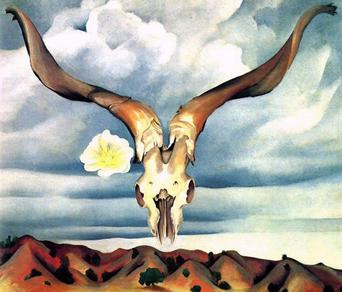
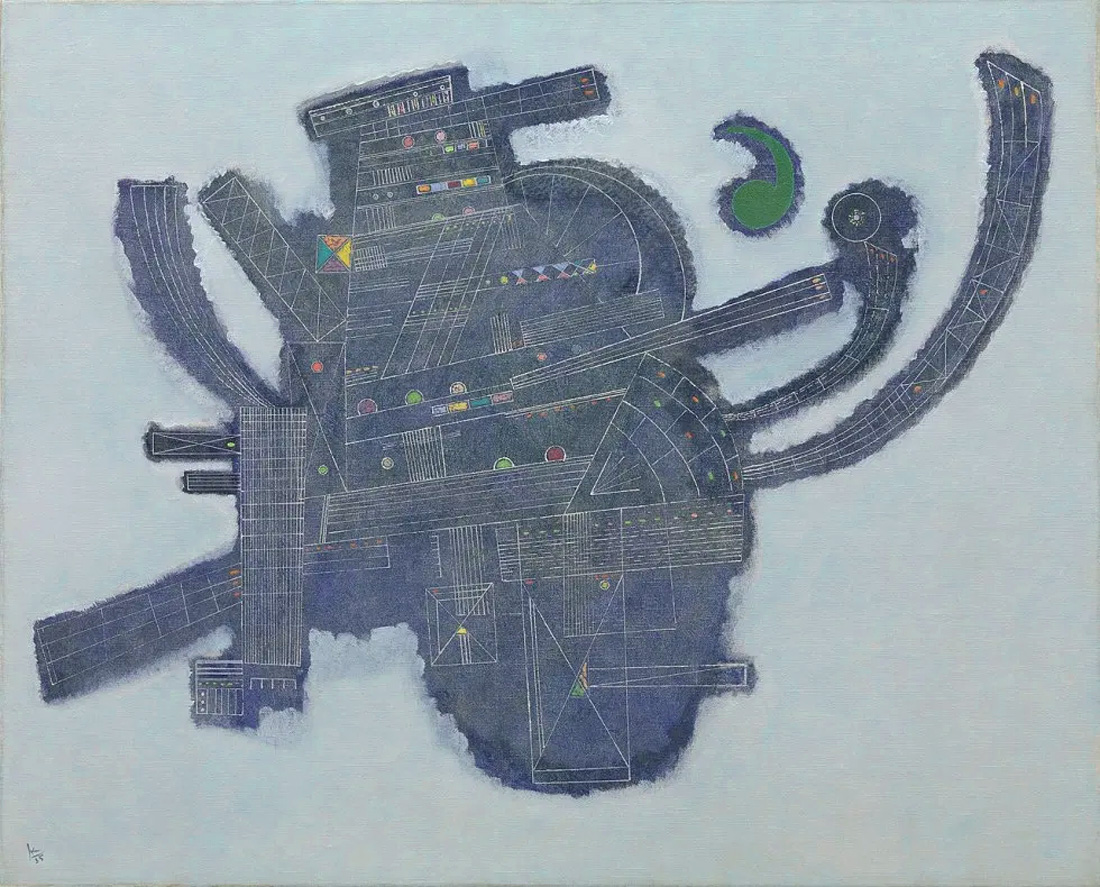
From the Guggenheim’s website:
Green Accent is evidence of a shift in direction in Kandinsky’s later career, when he returned to a combination of angular and biomorphic forms after the strict geometry of his work in the 1920s. The compositional elements in Green Accent are concentrated in a single biomorphic shape floating in the center of the frame. The interior network of architectonic lines contrasts with the curving contours of the dark form and the pronounced brushwork of the white background. Such organic forms appeared frequently in Kandinsky’s later works, most likely inspired by French Surrealism and his new interest in the sciences of biology, botany, and zoology. The painting’s scratchy, quirky web of white lines also bears comparison to the work of his Bauhaus colleague and friend Paul Klee.
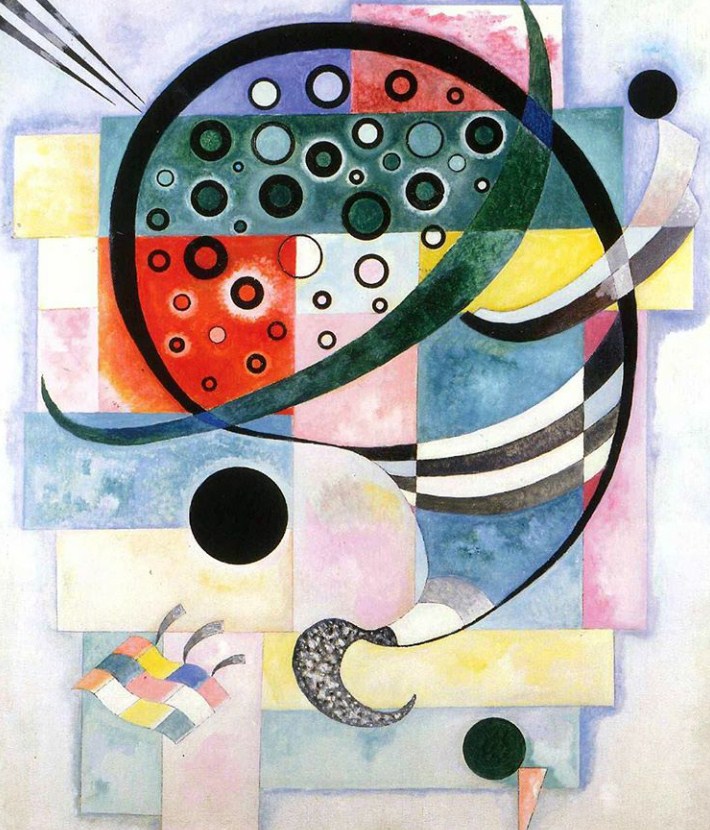
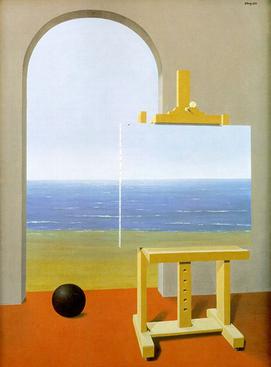
One of four Magritte paintings of this title.
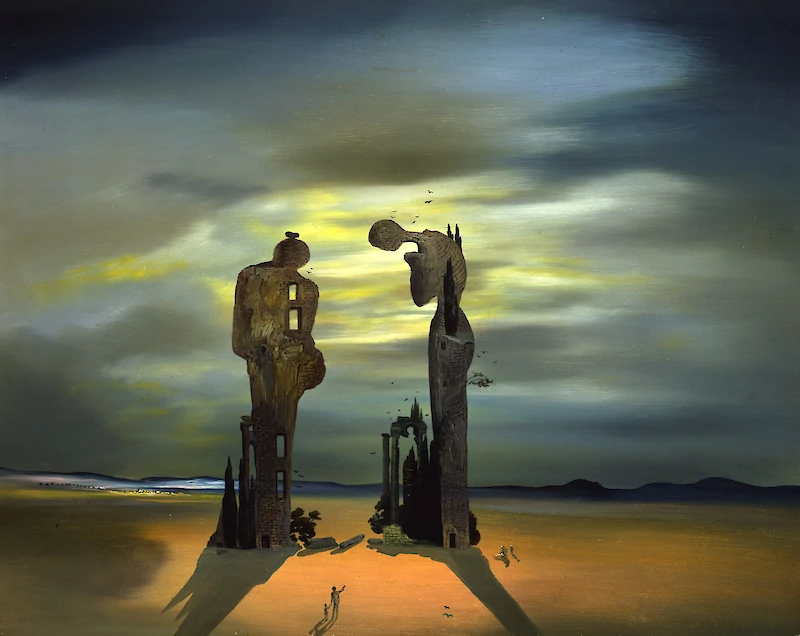
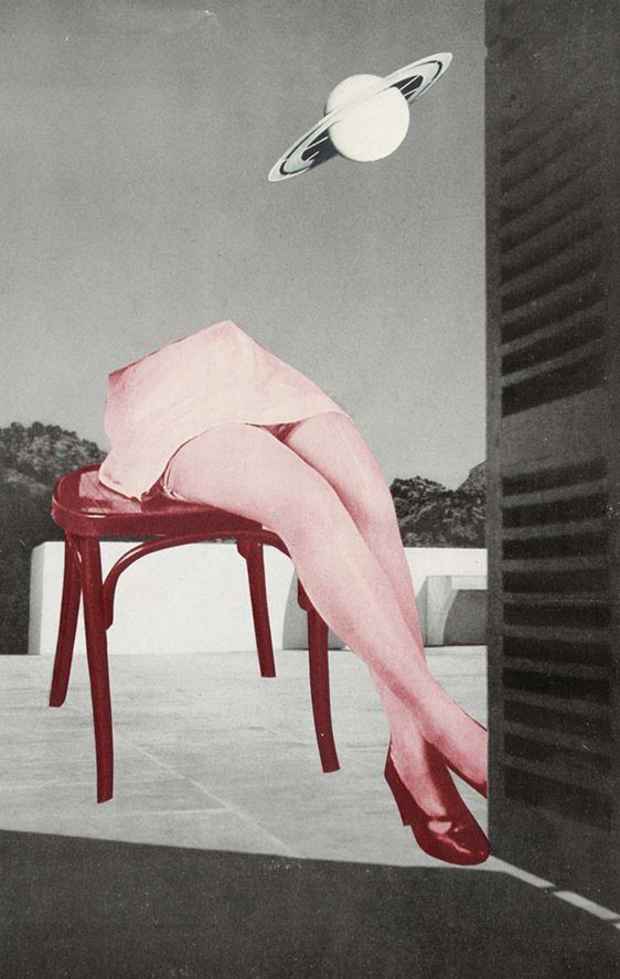

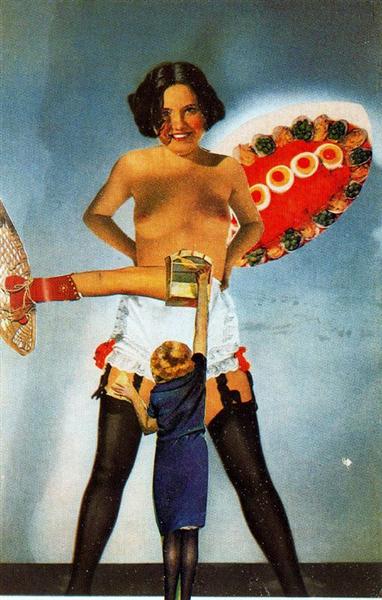
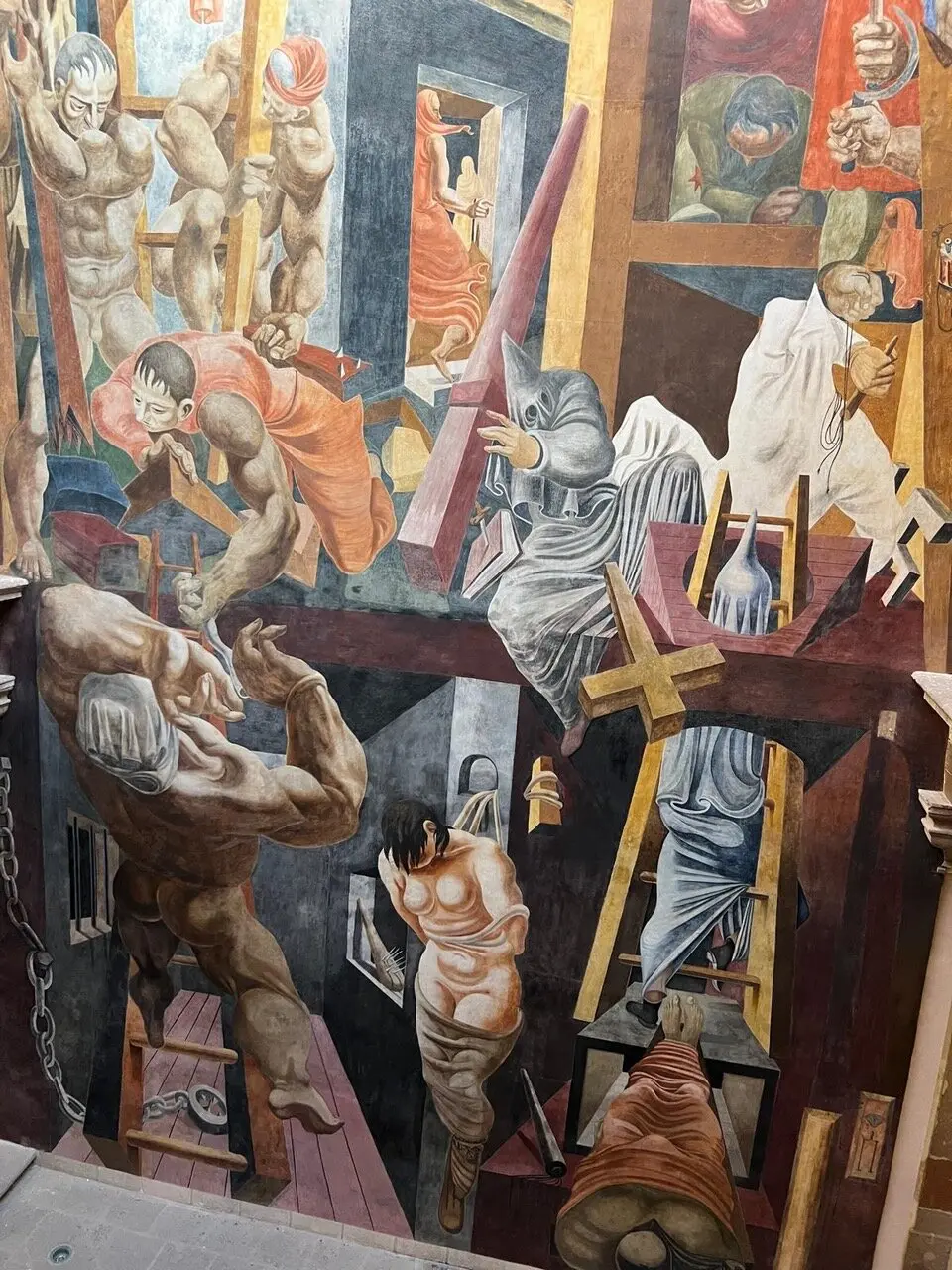
“Guston and Kadish created a work where the horrors of the Inquisition intersected with those of the Ku Klux Klan and the Gestapo, said Landau. The mural includes a swastika and three hooded figures perched on ladders and a scaffold above scenes of torture — images that would recur in Guston’s later work.” — New York Times
By the mid-1940s, the mural, with its inverted crucifixes and naked bodies, was deemed so offensive to clerics that the museum agreed to conceal it behind a huge canvas screen. Restored in 2024.

A variant of Ernst’s painting was used as the cover for a Penguin edition of Dick’s The Man in the High Castle.
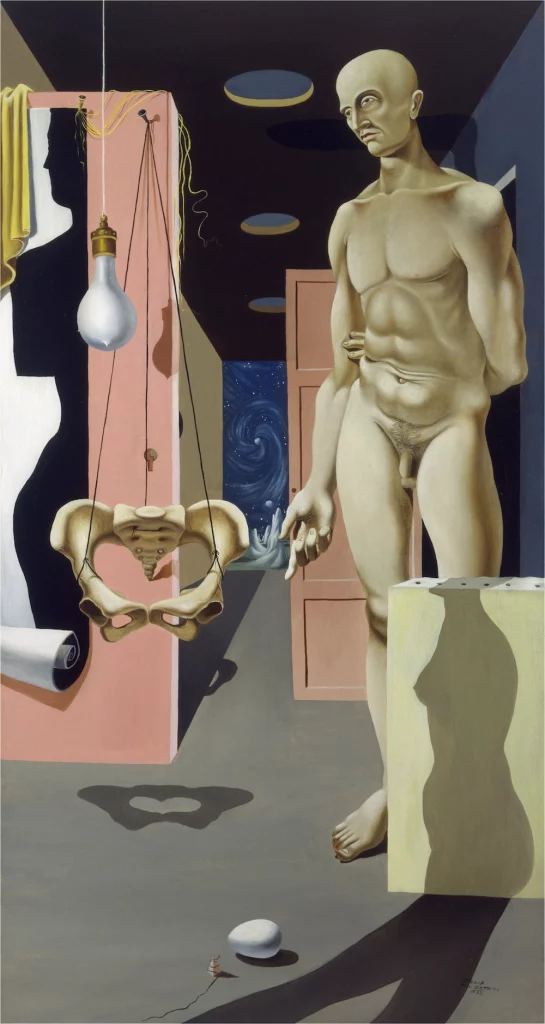
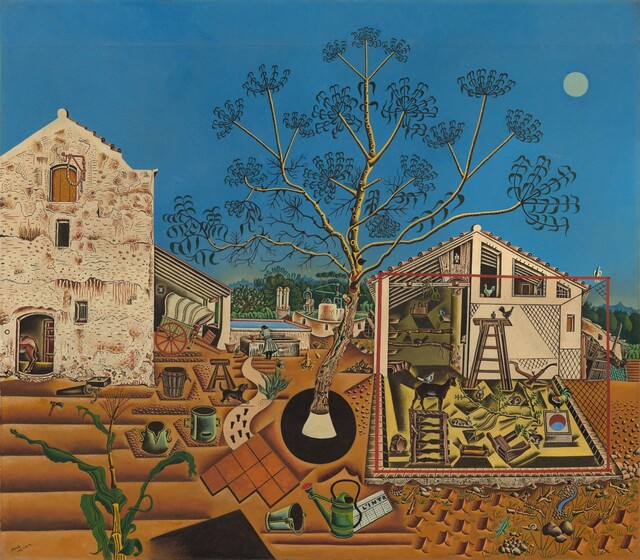
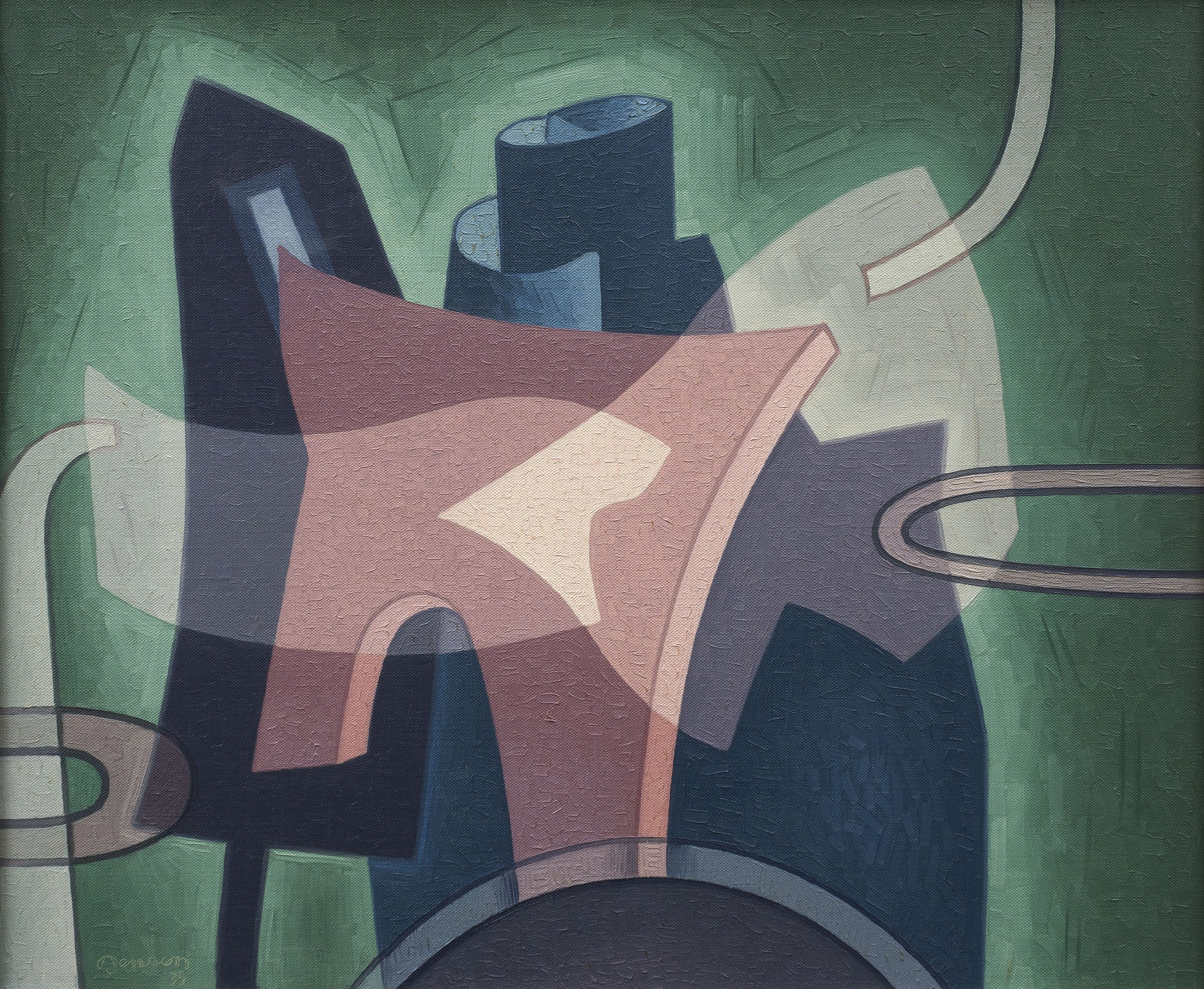

Gerardo Dottori was an Italian Futurist painter. His work was appreciated by the Fascist government, and he produced portraits of Benito Mussolini on a number of occasions.

Dates to a little bit after 1935.
From the Linden Museum website:
The airplane, perhaps more than any other invention of the early twentieth century, represented the soaring spirit of modernity to the Japanese. It captured the public’s imagination and spirit, and many of the omoshirogara, or novelty textiles, from the 1920s into the 1940s feature airplanes somewhere in their designs, underscoring their importance as modern icons. Perhaps no individual aircraft captured this aura of modernity more than the sleek “Kamikazego” (“Divine Wind”, “Babs” by the Allies), a plane famous for its 1937 transcontinental flight from Tokyo to London to commemorate the coronation of King George VI. It was the first plane to be built in Japan with all-Japanese technology, and it also set an international aviation record on its flight to London, embodying a nationalistic vision of modern aviation for the country. The superb performance of this Mitsubishi Ki-15 aircraft helped to fulfill Japan’s nationalist dreams of being at the forefront of modern aviation, a goal further enhanced when Mitsubishi based the design and engine of its Zero fighter plane – one of the most effective aircraft of the Asia-Pacific War – on the Kamikaze-go. The distinctive shape and streamlined styling of the Kamikaze-go made it an artistic favorite for textile designers. Although the airplane featured on this kimono carries no identifiable markings, the shape and style as delineated here help to identify it as the famous Kamikaze-go, thus setting the date for this garment as mid- to late 1937. The design offered the wearer the opportunity to celebrate Japan’s standing on both international and national stages as a leader in technological progress, and as a leader in the fashion of modernity as well – something that the modern Japanese woman of the 1930s would welcome.
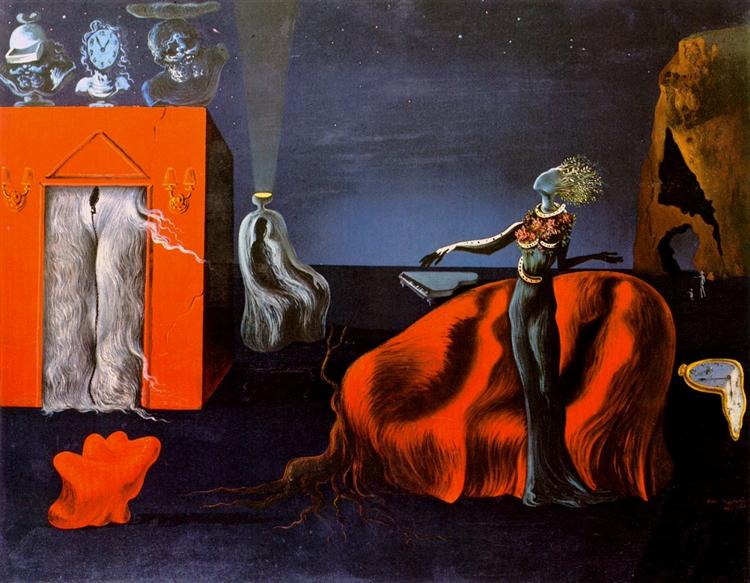
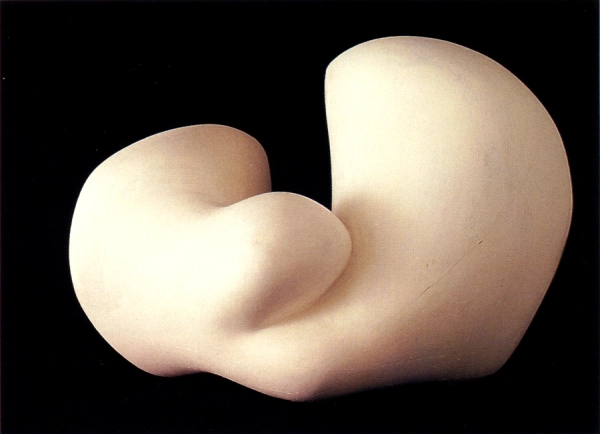
The title of Arp’s embryonic sculpture reminds us that human beings are formed by mechanisms of growth and evolution we do not fully understand. “Concretion is something that has grown,” in Arp’s words.
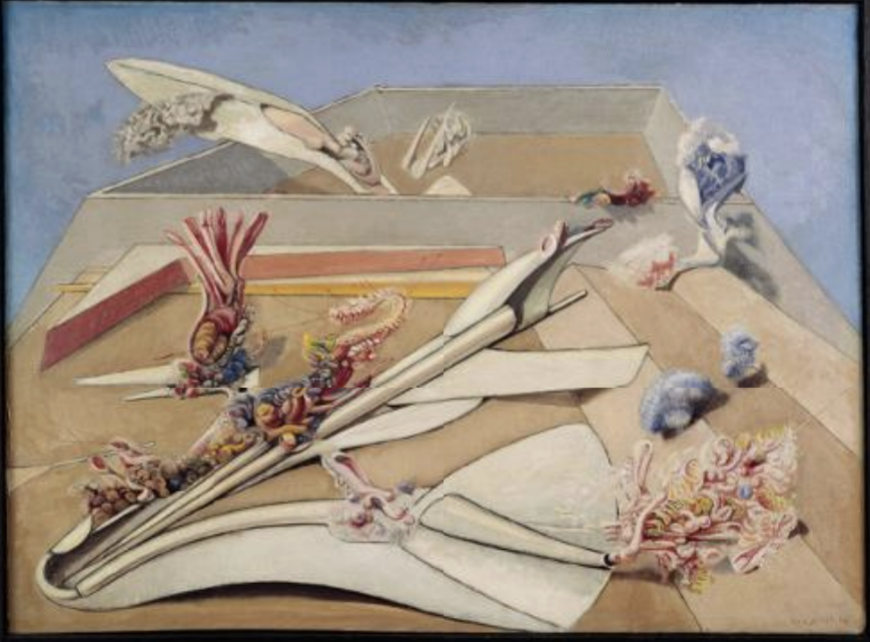
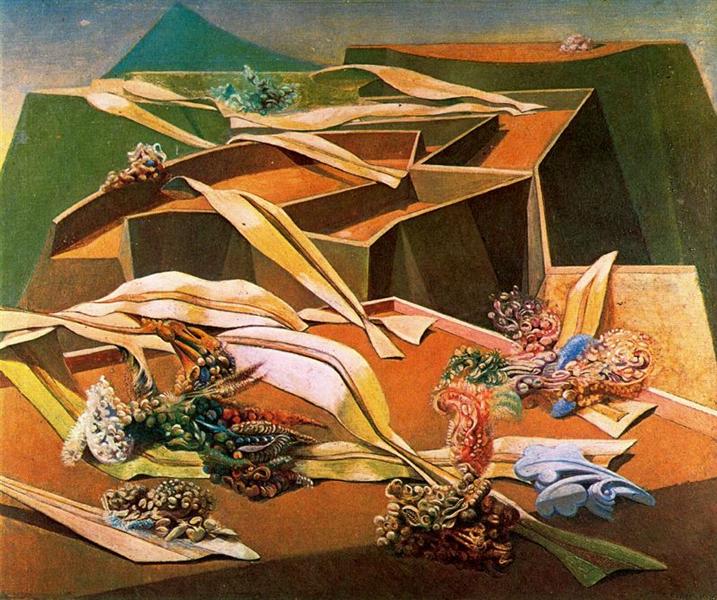
“Voracious gardens, devoured in turn by a vegetation that springs out of the debris of trapped planes.” (Ernst)
From the Centre Pompidou’s website: “While luxuriant nature occupies a central place in the work of Max Ernst, the Jardin gobe-avion [Eating-plane Garden] series rather gives way to isolated plants that take the appearance of decaying organs. They attach themselves in a disturbing manner to crashed gliders in boxes with deceptive geometry. This agonising image cannot be isolated from the European political context, threatened by the rise of fascism.”
Ernst’s painting would be used as the illustration for a 1964 edition of Ray Bradbury’s sf story collection “The Day It Rained Forever.” And it rates a mention in Ballard’s The Atrocity Exhibition (1970).
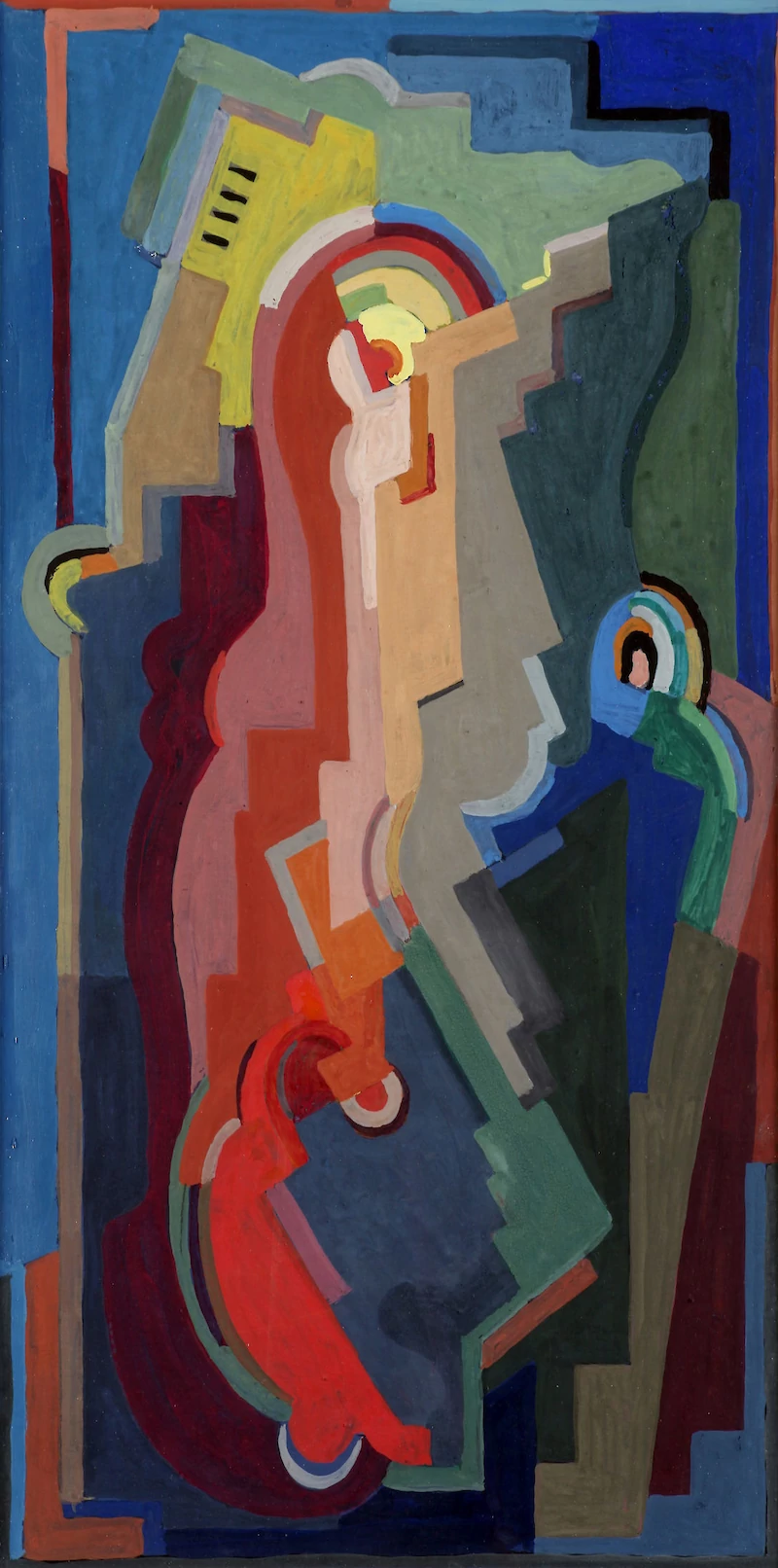
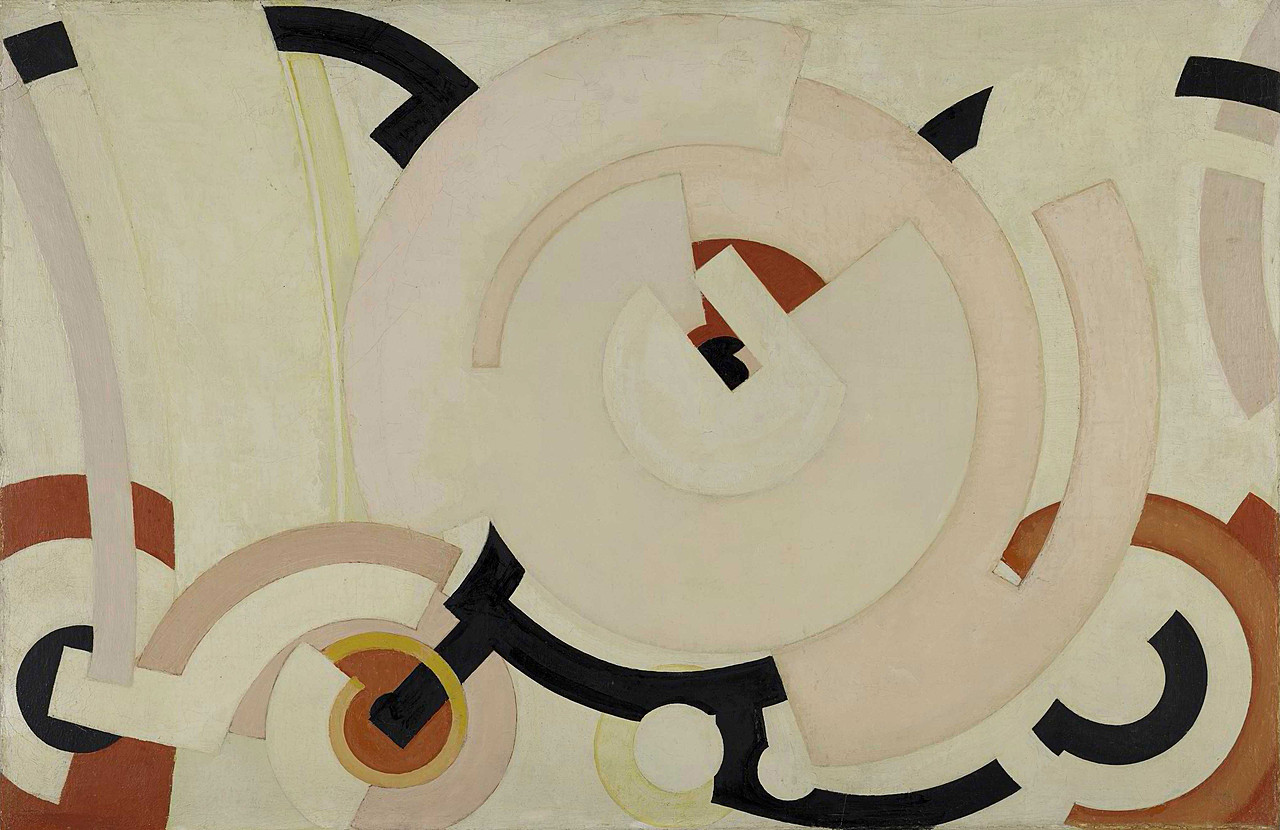
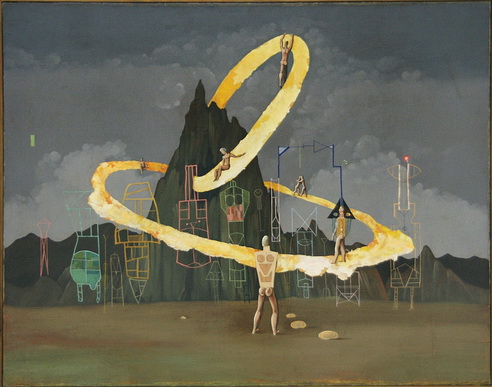
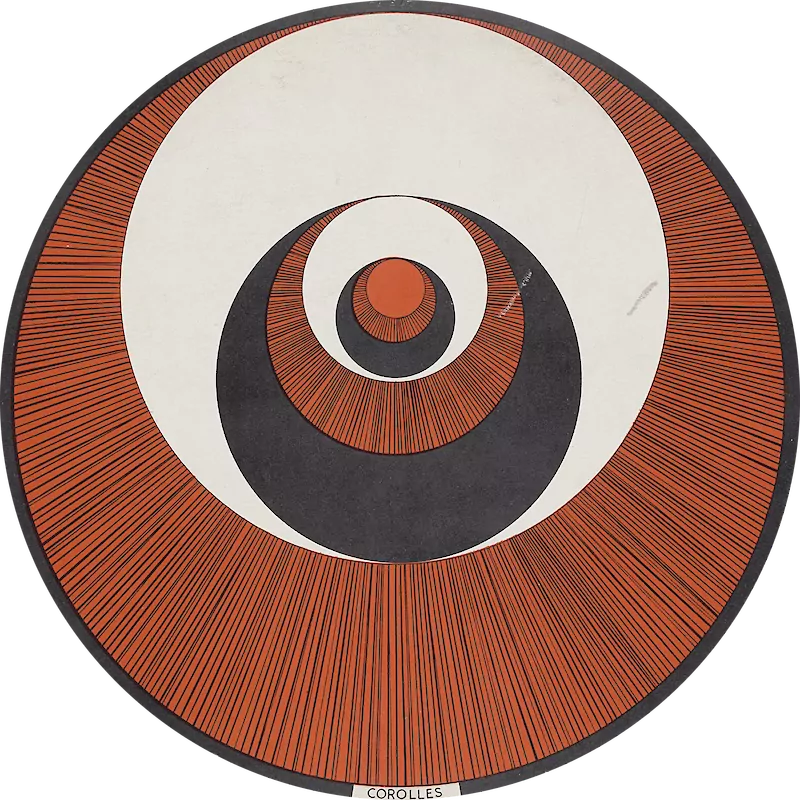

PLUS: this painting from 1936.
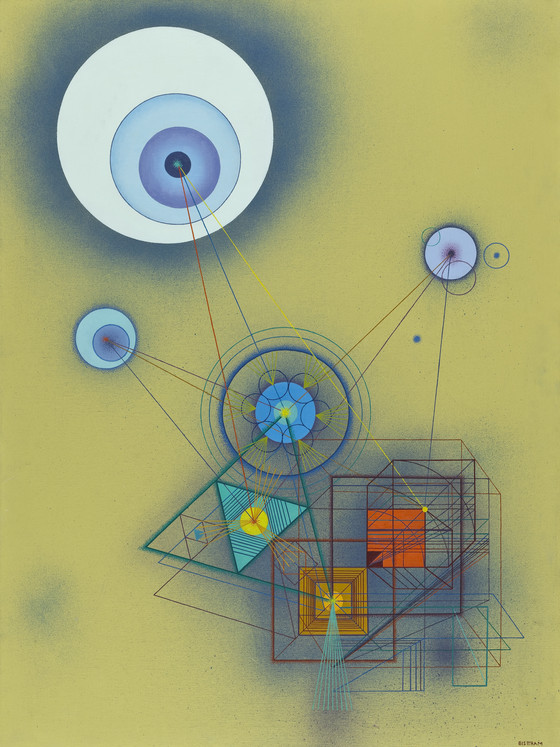
MORE RADIUM AGE SCI FI ON HILOBROW: RADIUM AGE SERIES from THE MIT PRESS: In-depth info on each book in the series; a sneak peek at what’s coming in the months ahead; the secret identity of the series’ advisory panel; and more. | RADIUM AGE: TIMELINE: Notes on proto-sf publications and related events from 1900–1935. | RADIUM AGE POETRY: Proto-sf and science-related poetry from 1900–1935. | RADIUM AGE 100: A list (now somewhat outdated) of Josh’s 100 favorite proto-sf novels from the genre’s emergent Radium Age | SISTERS OF THE RADIUM AGE: A resource compiled by Lisa Yaszek.

